
CSM vs UEFI The 8 Differences You Need To Know
Unified Extensible Firmware Interface ( UEFI, / ˈjuːɪfaɪ / or as an acronym) [b] is a specification that defines the architecture of the platform firmware used for booting the computer hardware and its interface for interaction with the operating system.
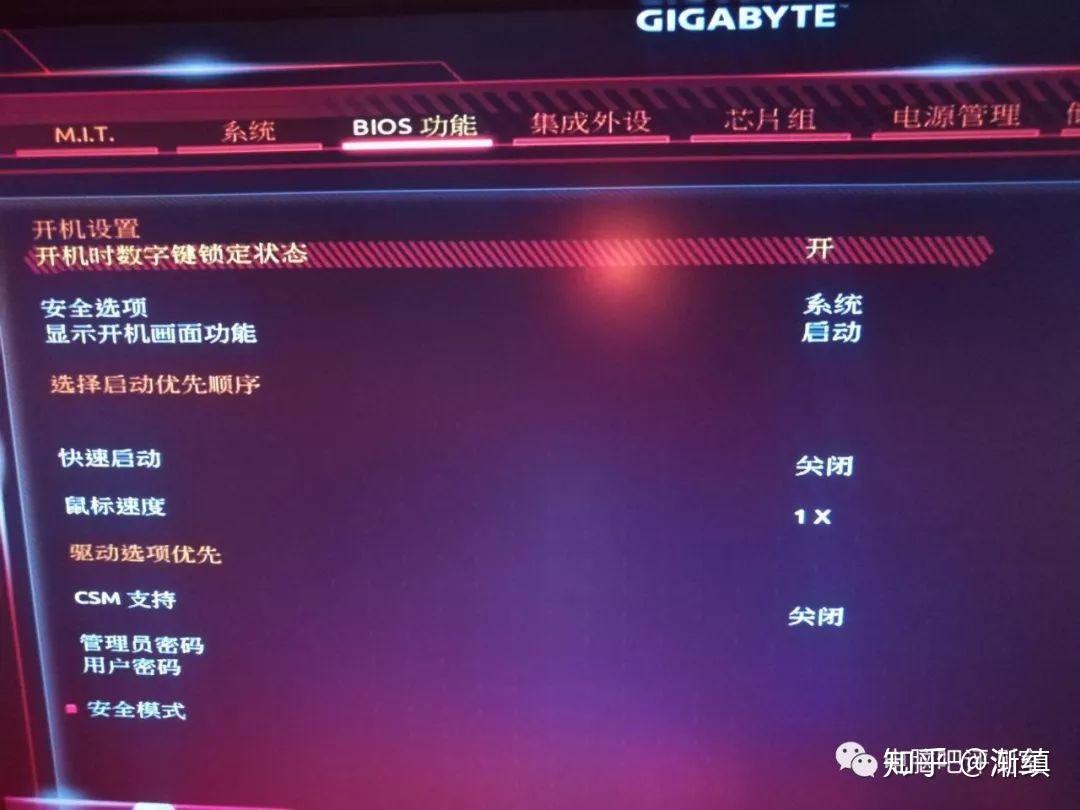
关于CSM和UEFI你要知道的一些事 知乎
There are three options for "Boot Mode" in the motherboard settings, "Legacy", "UEFI" and "UEFI with CSM". If it's set to "Legacy", the computer tells me "No operating system found". That's correct. If it's set to "UEFI with CSM", both Windows boots normally. If it's set to "UEFI", then only Windows 10 can boot.

UEFI vs. CSM (Legacy) Which BIOS Mode Should You Use? TechLatest
March 6, 2023 CSM Vs. UEFI 2023- All The Differences Clarified Briefly While you are thinking about booting your computer, both the terms CSM and UEFI are widespread. But there are huge differences between these two. So to say, they are entirely the opposite roads to take while booting.
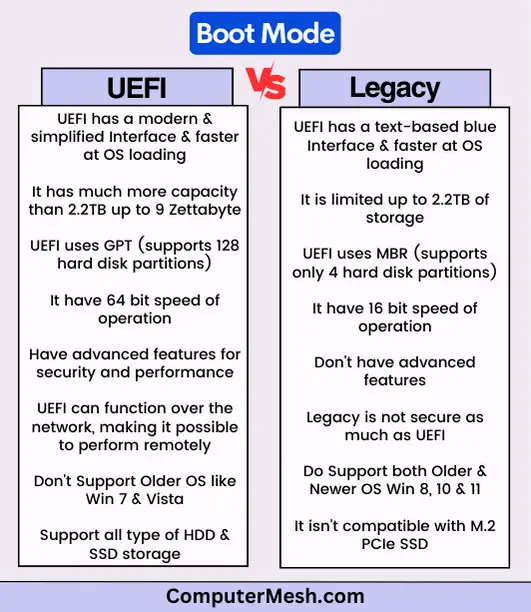
UEFI vs Legacy Boot 10 Pros & Cons and Differences List
UEFI is a bit picky, not supporting older versions of Windows. CSM, however, is more easy-going, compatible with a wider range of operating systems, including older versions of Windows. When Should You Use UEFI or CSM? Choosing between UEFI and CSM depends on what you need. If you're using a modern operating system and have a huge storage.
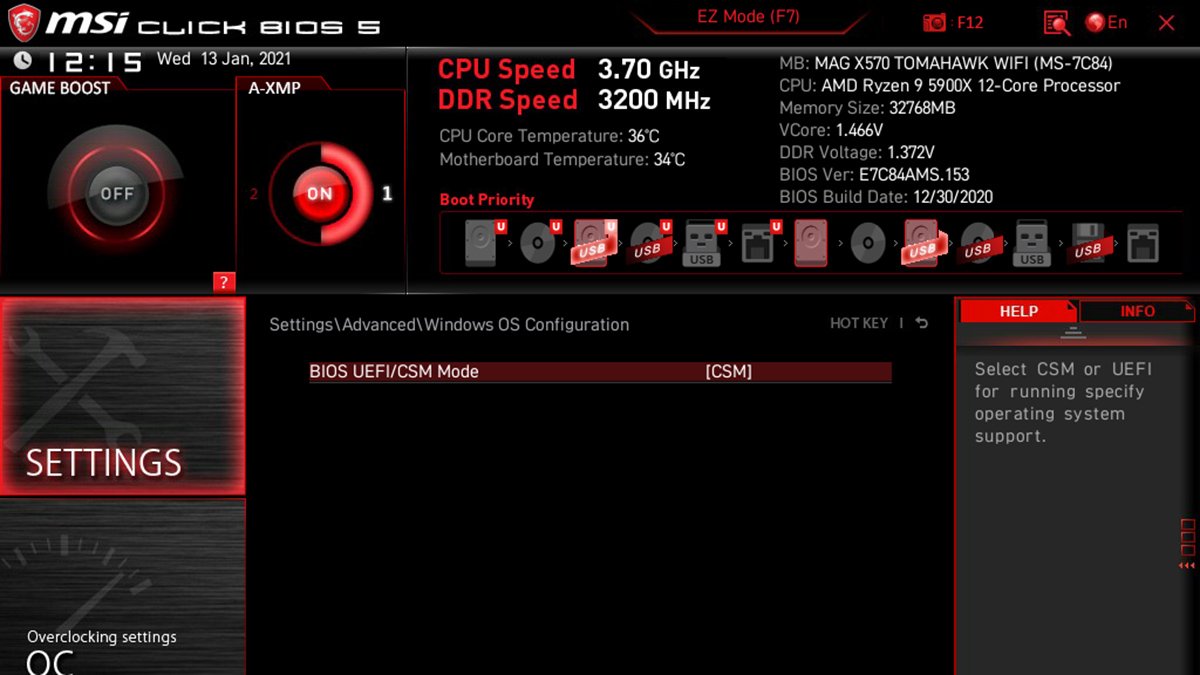
¿Qué es UEFI con CSM en el modo de arranque de la placa base?
CSM vs. UEFI Explained! We hope that for those of you who are looking to install older operating systems, or just curious about CSM vs. UEFI boot modes, this comparison and explainer article has helped you learn all about the CSM component. It includes what situations it's good for, when it should be enabled, how to check if it's active.
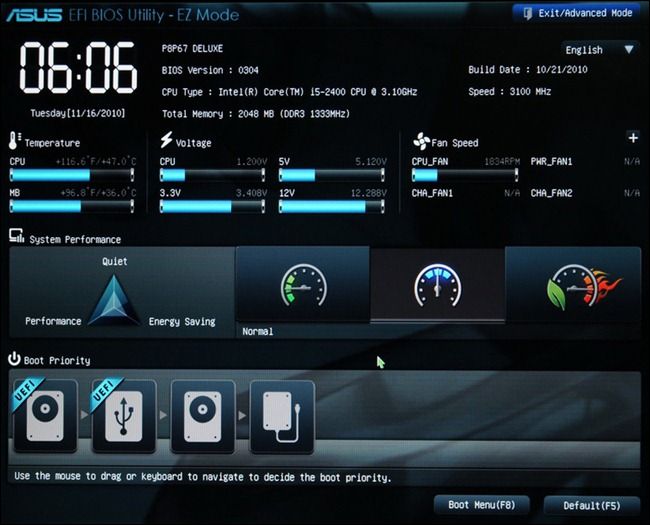
UEFI vs. BIOS What's the Difference and Which is Better EaseUS
CSM Vs UEFI—What's the Difference? By Bhishu Acharya June 9, 2023 The Compatibility Support Module (CSM) is a mode within the Unified Extensible Firmware Interface (UEFI) that offers legacy BIOS compatibility. This is the ultimate solution when you're trying to boot your OS from an MBR-partitioned drive that requires legacy BIOS features.

Diferencias entre UEFI y BIOS ¿cuál deberías usar?
Whereas UEFI (Unified Extensible Firmware Interface) is looked up to compare it to CSM. The upgrades and needed features were fulfilled in this mode, and users are quickly settled into this. Better and advanced are two synonyms that always seek appreciation in it. Again, UEFI takes the point.
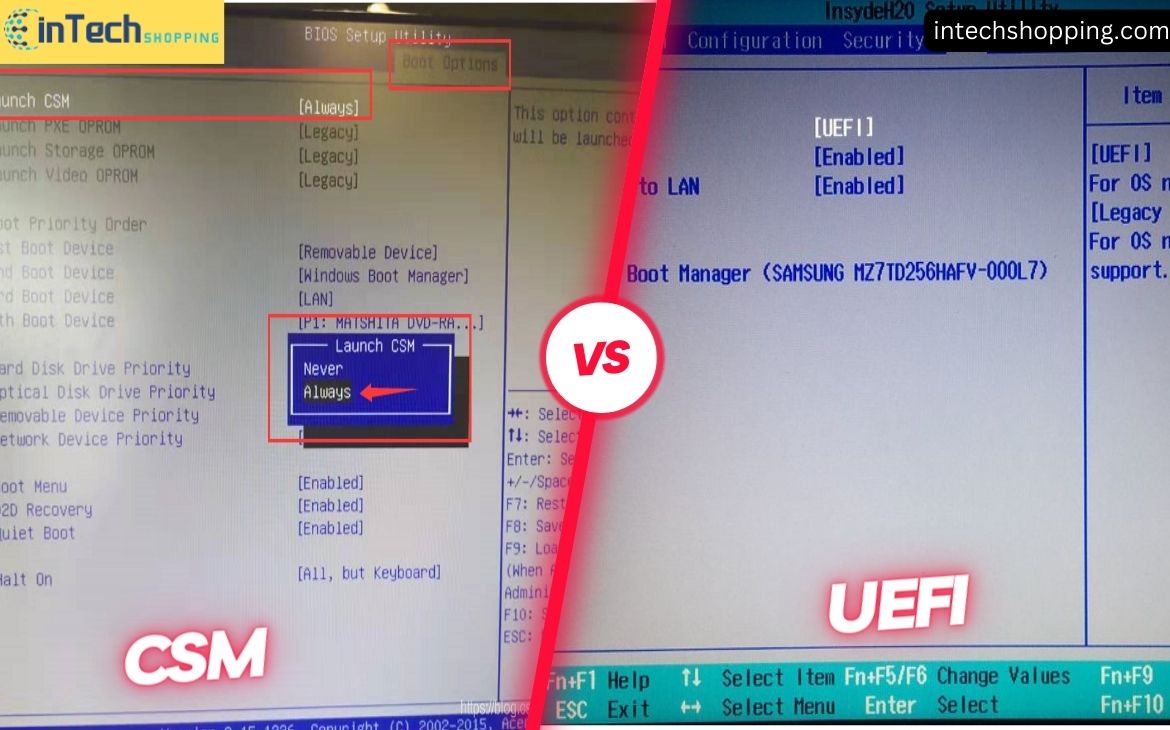
Difference Between CSM vs UEFI Know What's Best for You
UEFI vs. CSM: A Detailed Comparison (2023) CSM vs. UEFI: Security CSM vs. UEFI: Compatibility CSM vs. UEFI: Disk Partition Format CSM vs. UEFI: Speed and Power Management CSM vs. UEFI: Drives UEFI vs. CSM: Which One Should You Choose? Frequently Asked Questions How to Check Whether My PC is Using CSM or UEFI Mode? Can I Switch from CSM to UEFI?

CSM vs UEFI BIOS Mode How do they differ? Computer Technicians
What Are BIOS and UEFI? Before we dive into CSM, you need to know that CSM is a component of your UEFI firmware. Image Credit: Wikimedia Commons BIOS and UEFI are both low-level software that run checks on your Hardware and then hand the boot process over to your operating system when you turn your computer on.

UEFI vs. CSM (Legacy) Which BIOS Mode Should You Use? TechLatest
CSM VS UEFI: At A Glance Check out this side-by-side comparison table to know the key differences between CSM and UEFI BIOS modes. UEFI and Legacy BIOS Mode Explained Before we dive into UEFI and CSM boot mode, let's briefly discuss the fundamentals of BIOS. The traditional BIOS (Basic Input/Output System) can be seen as the "firmware" of your PC.

Options BIOS CSM, Secure Boot, AHCI, UEFI
Windows boots up faster in UEFI compared to CSM. ElectroSouls OP • 3 yr. ago Good to know! Do you have any idea why it would crash Windows when I tried to set it back to UEFI after redoing the bios settings when they cleared? 1 japhule • 3 yr. ago I believe your boot partition needs to be GPT for it to boot properly. 1 ElectroSouls
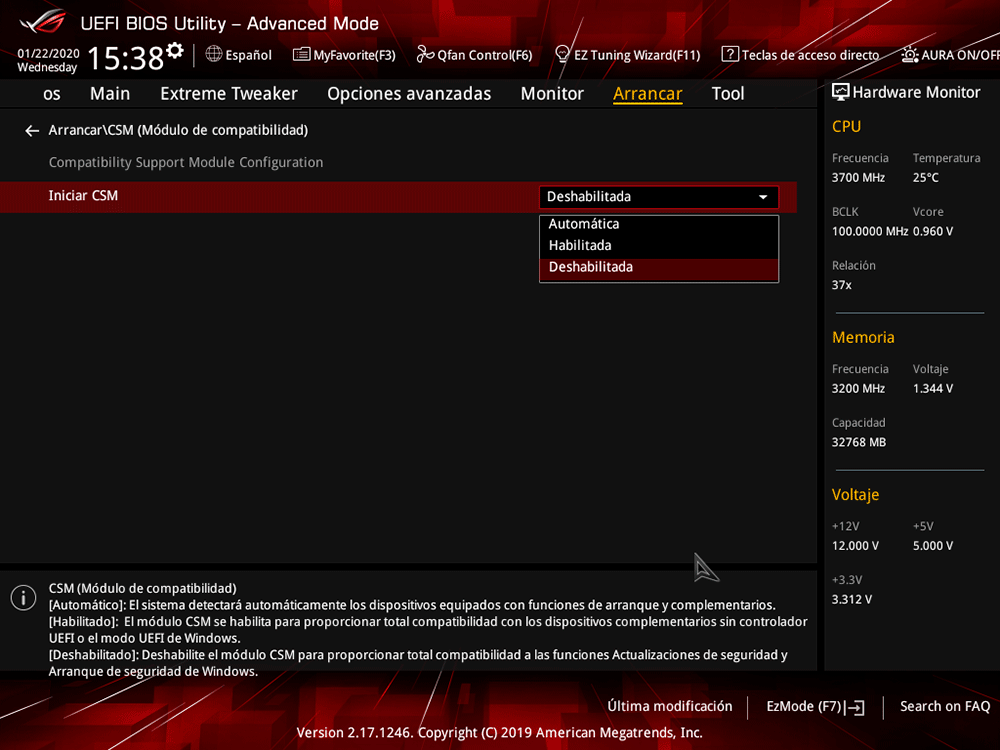
Qué es CSM y como influye en el arranque de la BIOS o UEFI
English Are you confused about which one you should choose to boot your Windows system, CSM or UEFI? If so, you can pay attention to this post. Here, this post from MiniTool Partition Wizard introduces the two boot options briefly and compares CSM vs UEFI in different aspects. On This Page : About CSM and UEFI BIOS Modes
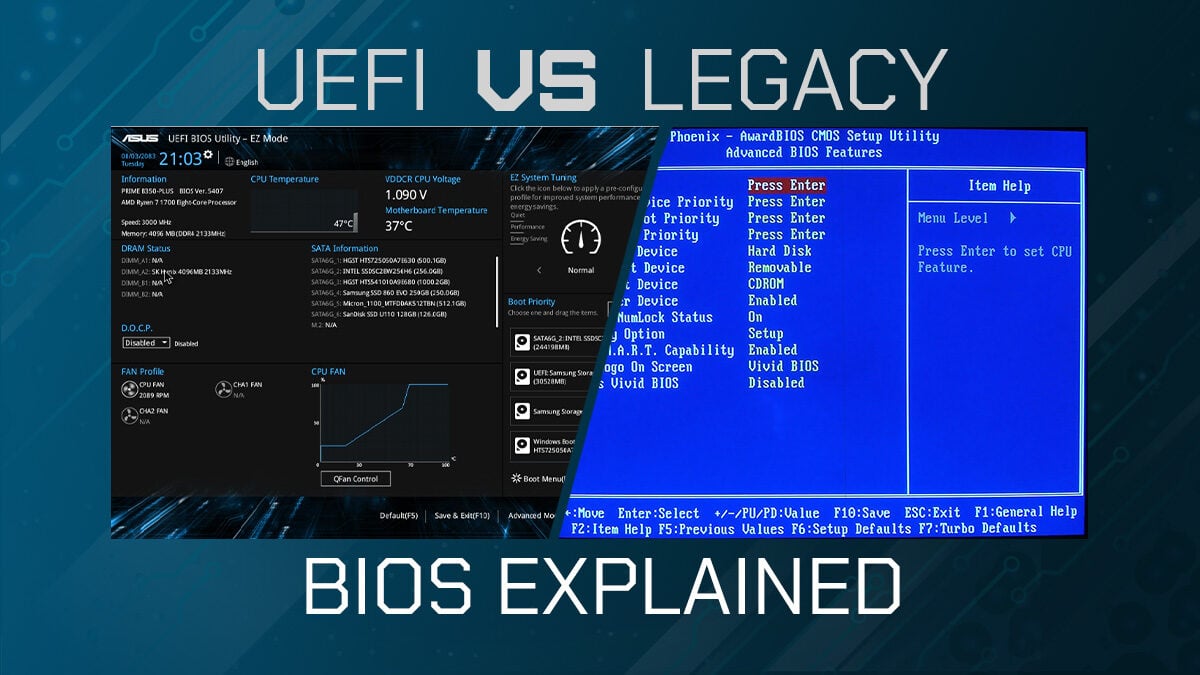
UEFI vs Legacy BIOS & Boot Mode Explained
CSM means UEFI but also compatible with BIOS. Not all devices and software supports UEFI. You are choosing between having both or just having one. Faster boot and better power management.2 This is especially true for Windows - depending on various factors, UEFI with Fast Boot can be even twice as fast as legacy boot.
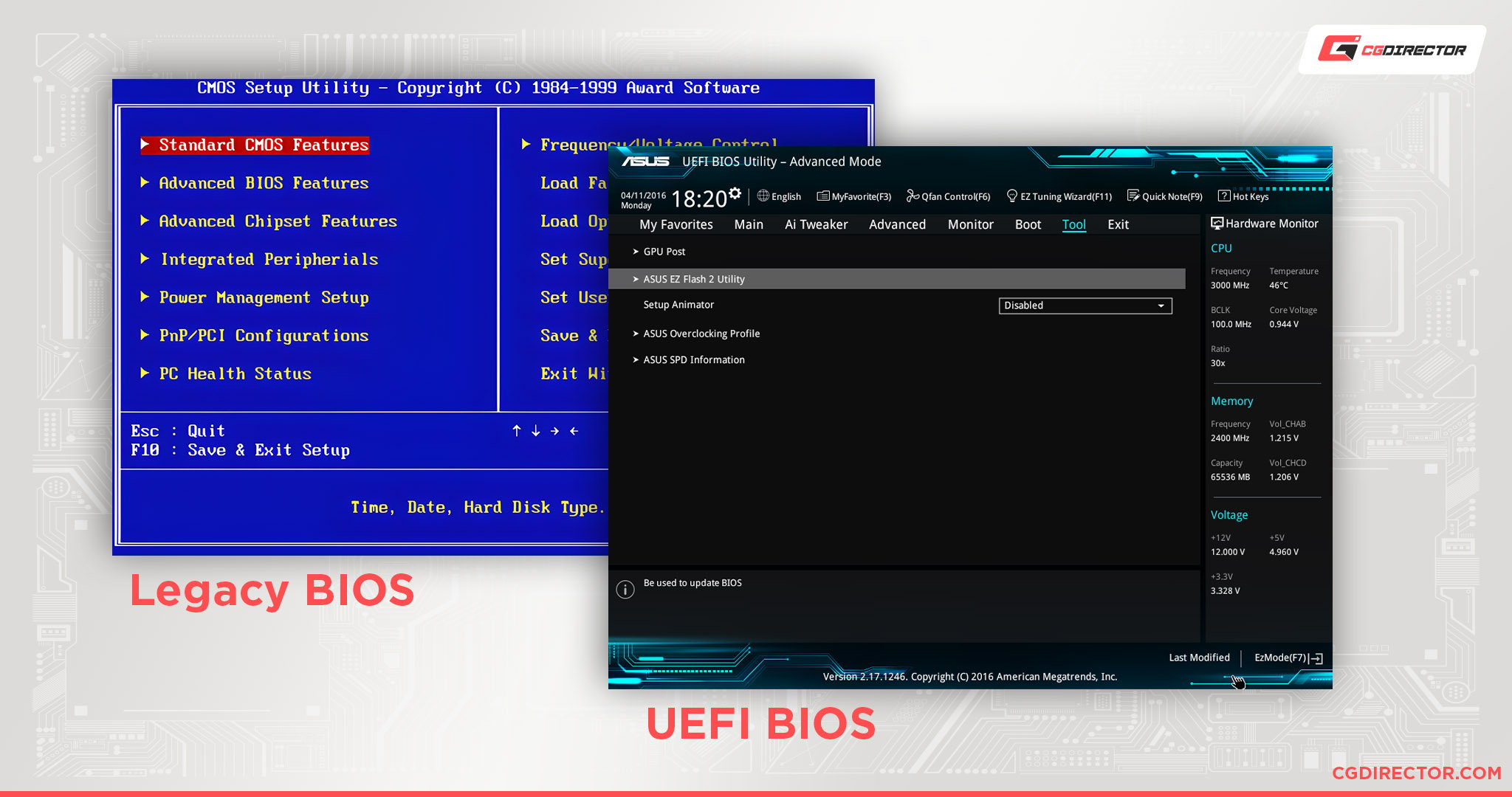
UEFI vs Legacy BIOS & Boot Mode Explained
CSM vs UEFI BIOS: Security When it comes to BIOS security, there are two main contenders: CSM (Compatibility Support Module) and UEFI (Unified Extensible Firmware Interface). Both have their advantages and disadvantages, but which one is more secure? Let's take a closer look.
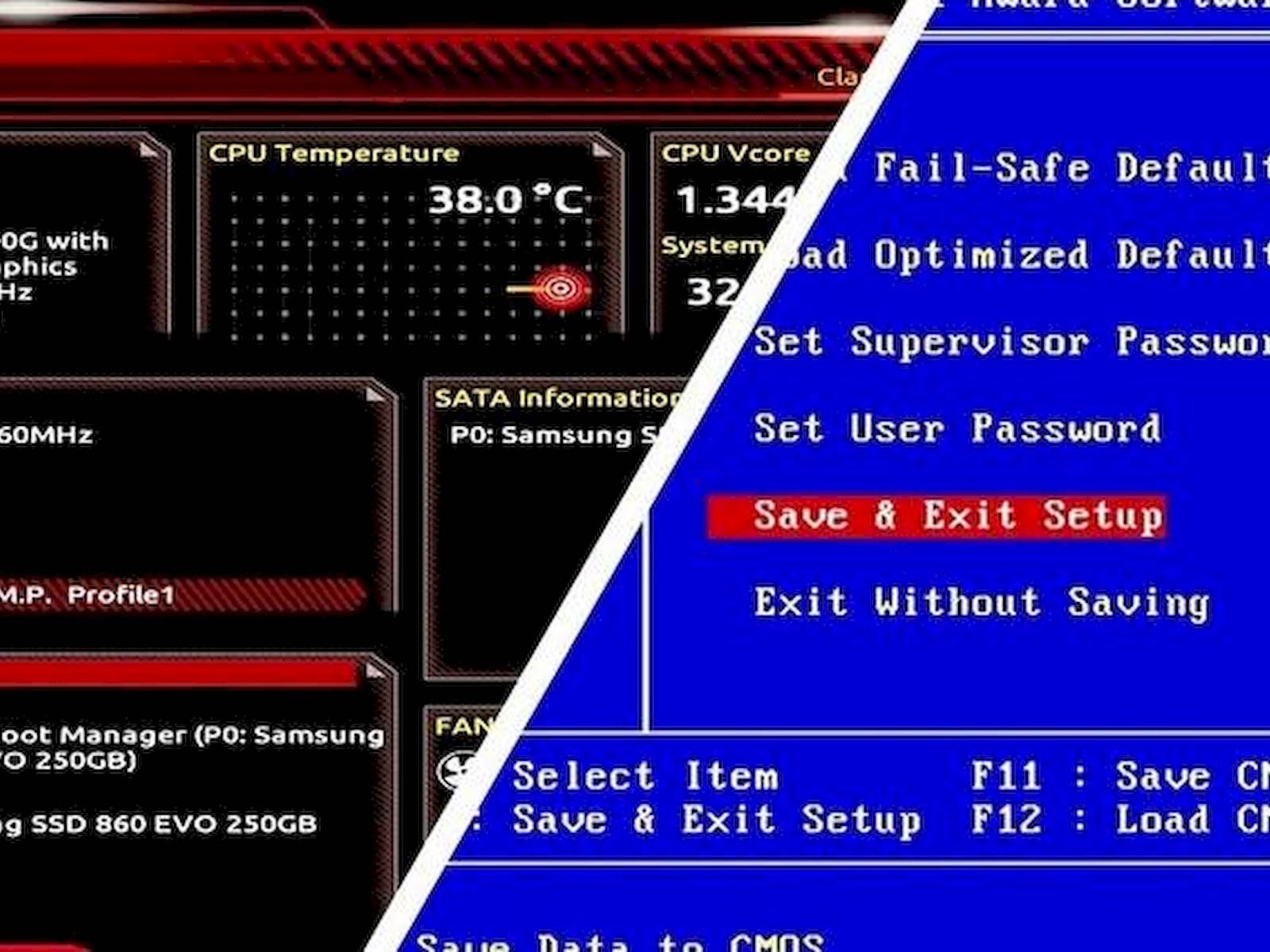
¿Qué son BIOS y UEFI, cuáles son las diferencias entre? Kartal 24
When you are running on a PC with UEFI firmware, the UEFI boot can switch to the legacy BIOS boot based on the CSM support. It can prevent UEFI boot to be performed from the EFI system partition on MBR-partitioned disks. To put it simply, CSM BIOS is something that allows you to boot in legacy BIOS mode on a UEFI system.
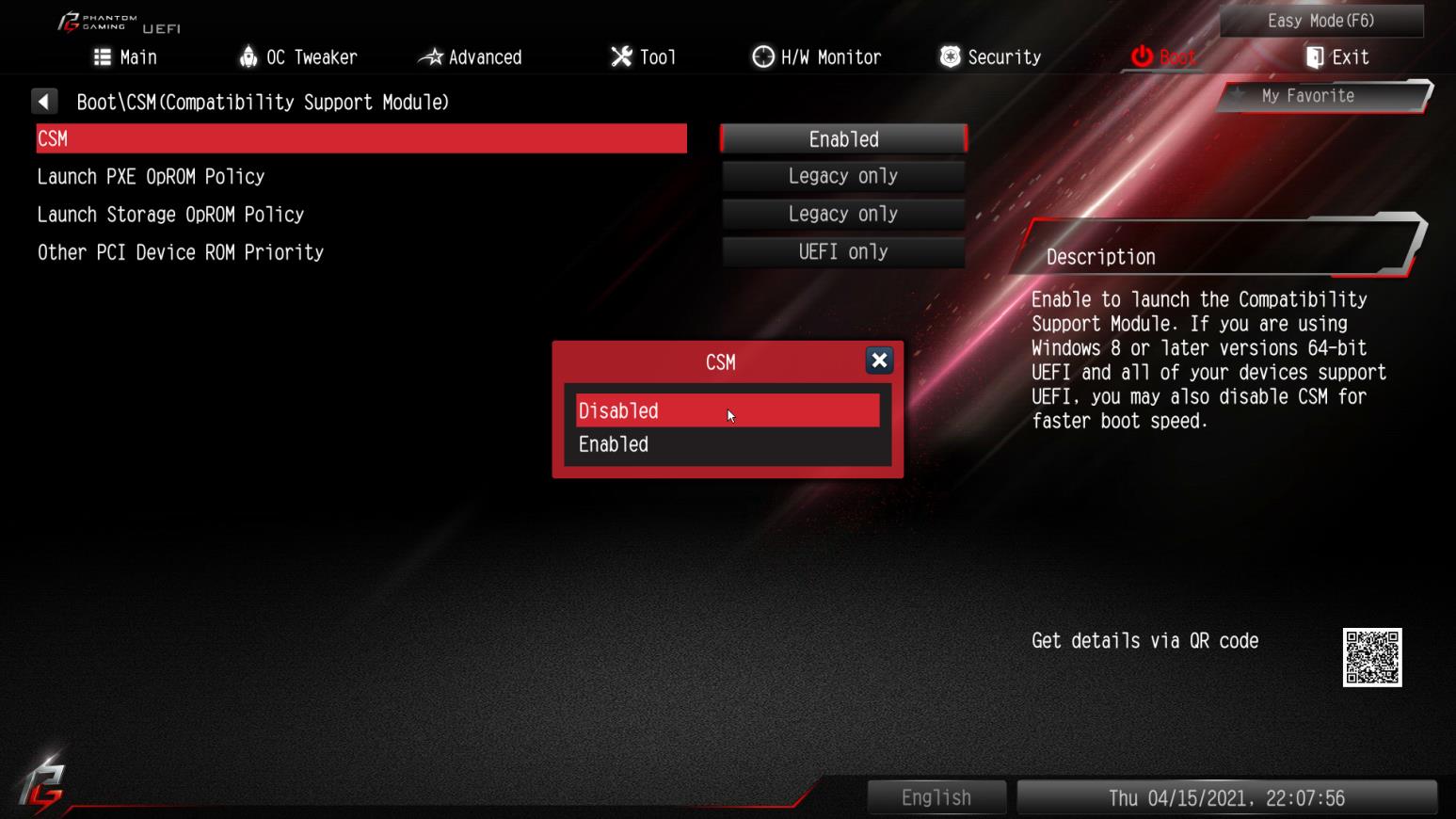
What Is CSM In Your BIOS And What Is It Good For?
CSM (Compatibility Support Module) and UEFI (Unified Extensible Firmware Interface) are two different types of boot processes used by operating systems. CSM was the traditional BIOS-style boot process, relying on drive geometry and other hardware features to load the operating system.